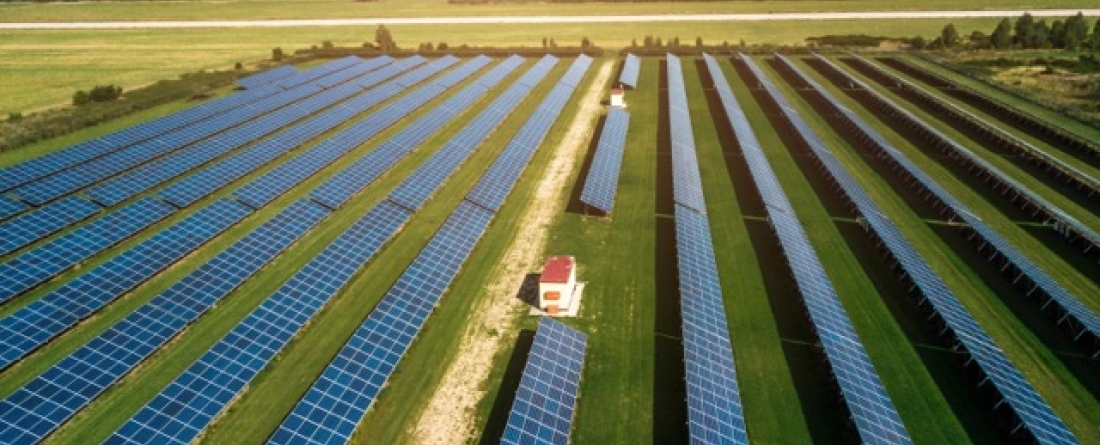
How can the United States implement an ambitious 2035 climate target?
New preliminary analysis from CGS demonstrates how an all-of-society strategy can deliver an ambitious U.S. national climate target.
Implementing current policies and additional enhanced action across all of society can deliver 60-70% emissions reductions by 2035 from 2005 levels
These findings summarize the initial results from integrated assessment modeling of detailed policies that drive outcomes at all levels. You can find more details on the modeling approach, assumptions, and results in the preprint.
Zhao, A., O’Keefe, K., Binsted, M., Kennedy, S., Dahl, C., McJeon, H., Bryant, A., Squire, C., Zhang, M., Smith, S. J., Cui, R., Ou, Y., Iyer, G., & Hultman, N. (2024, June 25). All-In for 2035. Center for Global Sustainability at the University of Maryland. https://cgs.umd.edu/research-impact/publications/all-2035
- Solar generation will increase sevenfold and wind generation fourfold by 2035, with 96% of the generation mix powered by clean technologies.
- By 2035, 83% of light-duty vehicle sales and 42% of freight truck sales will be electric, with road passenger service growing by only 9% between 2020 and 2035.
- In the buildings sector, 40% of water and space heating appliances will be electrified by 2035, and overall energy demand will decrease by 14%, though electricity demand rises by nearly 6%.
- The industrial sector enhances annual sequestration to 77 MtCO₂ through cement, ethanol, and paper pulp CCS technologies.
- With a methane fee that covers all sources, including agriculture and waste, to incentivize emission reduction measures, methane emissions decrease by 29% by 2035.
- Sequestration from our land sink increases by over 73 MtCO₂ by 2035 from 2021 levels through enhanced carbon sequestration from forests and climate-smart livestock management.
- Critical to achieving emissions reductions is the full climate-smart implementation of key policies which underscores the importance of supporting actions from non-federal actors.
As we approach the next cycle of target setting under the Paris Agreement, countries will be updating and submitting new climate targets for 2035 (aka, Nationally Determined Contributions or NDCs) over the next year—meaning the United States will need to set a new national climate target. Leveraging a globally recognized integrated assessment model, a new preliminary analysis from America Is All In and the Center for Global Sustainability shows that with comprehensive, high-ambition climate action across all sectors and at every level the U.S. has the potential to set and achieve a new NDC target of 60-70% reduction in greenhouse gas emissions by 2035.
We want to hear from you! To ensure this target reflects an "all-in" approach, combining bottom-up initiatives with top-down federal interventions, All In seeks input from coalition members and the public to inform modeling assumptions, key policies, and implementation barriers and opportunities. Please provide your feedback on the key policies modeled in this form.
